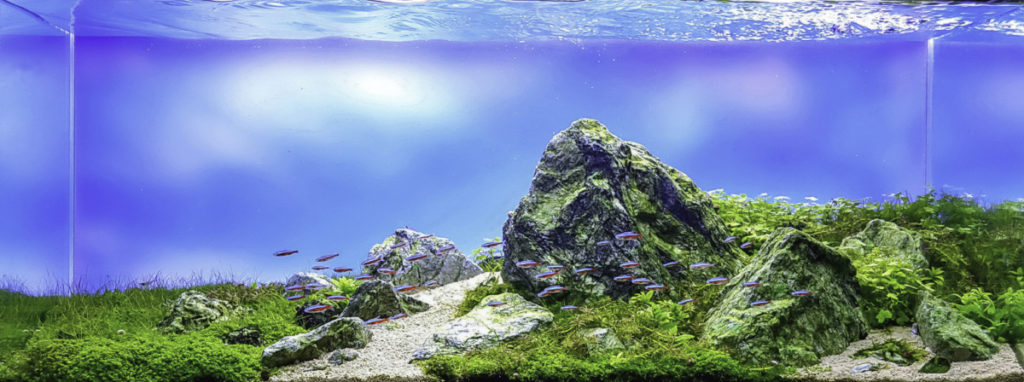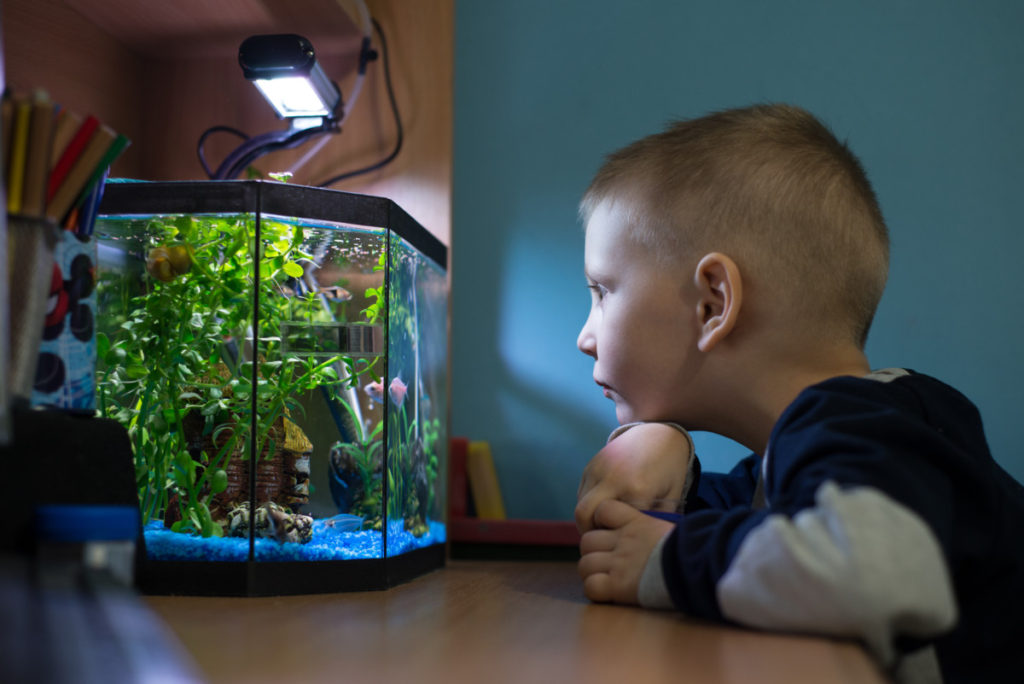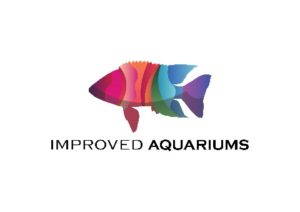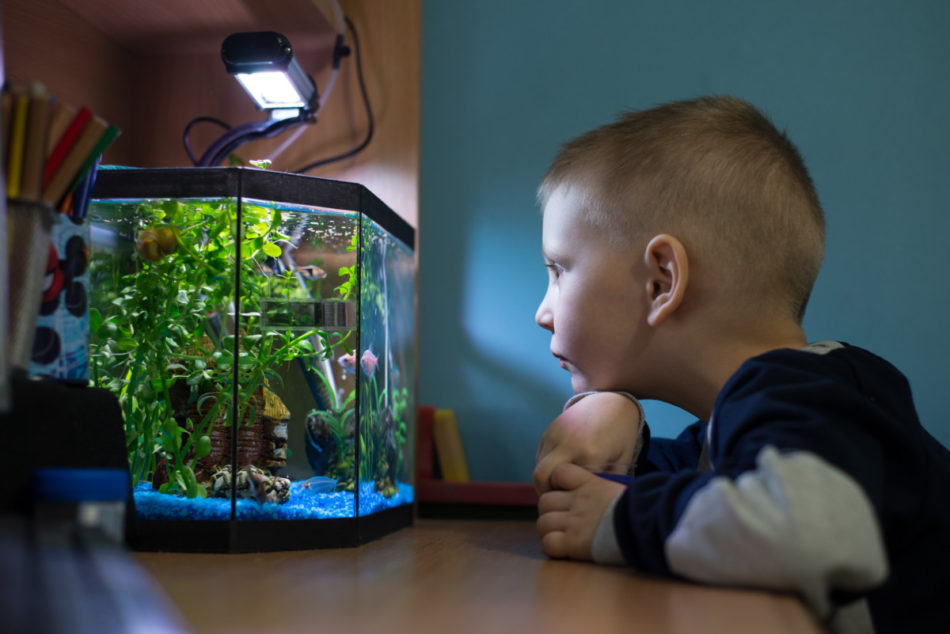Depending on who you ask, a nano aquarium is a tank that possesses a volume of less than 10 to 30 gallons.
What’s The Best Size Nano Aquarium For Me?
You have probably heard that tanks that can hold larger volumes of water will be easier to care for and maintain. Whilst this is true, it doesn’t necessarily mean you can’t create a fantastic tank with less volume. The best size nano tank is the largest tank you can place in the available space you have.

To help you with your decision to choose the right size tank, below is a summary of the disadvantages and advantages of different size nano aquariums.
| Size | Disadvantages | Advantages |
| 5 gallon (19 liters) 16″x8″x10″ | Gets dirty fast Limited fish selection | Can fit almost anywhere Great for small fish that don’t grow big and shrimp Cheap Easy to move A sponge filter could be used |
| 10 gallon (38 liters) 20″x10″x12″ | Same as 5 gallon tanks except your fish options are slightly better (Bettas) | Same as 5 gallon tanks |
| 20 gallon (74 liters) 24″x12″x16″ | Fish options are generally limited to fish that stay less than 3 inches long | Popular size choice for beginners Can come in rectangular long or cube setups Can keep community fish Can be used for breeding or fish quarantine |
| 29 gallon (110 liters) 30″x12″x18″ | Heavier (approximately 330 lbs with water) and requires a stable stand Need to think about where you put it Should consider filter to accommodate the volume (hang-on-back or cannister) More expensive | Fish options include typical community fish, dwarf cichlids Can plant larger stem plants Better lighting and filtration options Can encourage fish breeding |
| 30 gallon (breeder)(114 liters) 36″x18″x12″ | Heavier (approximately 340 lbs with water) and requires a stable stand Cannister filter is ideal More expensive | Can keep larger fish such as Angelfish and Gouramis Can plant larger stem plants Better lighting and filtration options Can encourage fish breeding Better aquascaping options |
The Tanks Dimensions Depends on your Goals
The standard fish tank will typically have more height than width. This provides a greater vertical space for stem plants and more swimming room for mid to top-dwelling fish. A standard nano aquarium will suit the needs of many aquarists.
However, if you plan to aquascape your nano tank then you need to consider some additional items. In this scenario, the dimensions of your nano tank are important given that the overall purpose of aquascaping is to create a 3D layout with a sense of depth.

A combination of a good length at the front and width towards the back of a tank is more desirable than tanks that possess more height than width. This is because you have more available space to use in your aquascape. A standard aquarium will have more height than the width so picking the right aquarium or even having one custom built to your specifications is crucial in creating the look you want.
As a general rule, the width of a tank should be at least half its length. The height should be about half the length. For example, if your nano tank is 2′ long at the front, then the width should be at least 1′. The height should also not be greater than 1′.
Where Can I Put My Nano Aquarium?
The compact size of nano aquariums allows them to be incorporated into a variety of living spaces within the home. Unlike their larger counterparts, nano tanks do not require bulky furniture or benches. The most common places often include study desks or kitchen benchtops which are within easy viewing distance.

Here are some things you should consider before setting up your aquarium.
- Safety. No matter how careful you are, water will inevitably end up on the floor when you perform water changes or other maintenance tasks. If your tank is sitting atop a stand or cabinet, then the power cords and adapters will be best placed inside and tucked away. If you’re handy with a drill set, you can screw power adapters on the inside roof of the cabinet so that the pins are pointing down and less likely to receive water ingress. If this cannot be avoided, then perform water changes on the opposite side.
- Nano aquariums should be placed in a quiet place that is not in direct sunlight. Too much direct sunlight will probably lead to algae issues down the track. Some types of fish may be skittish if there is too much traffic passing by. Some fish feel more comfortable in a heavily planted tank that offers more hiding areas.
- There should also be sufficient space around the aquarium so you can perform maintenance tasks such as water changes.
- The temperature of the water in an aquarium is generally maintained by installing a heater. Most heaters will turn themselves on when the temperature drops below the desired setting, and switch off when the temperature is too high. However, avoid placing your tank in areas where fluctuations in temperature may occur (e.g. near large windows which receive the morning or afternoon sun). This will help maintain the stability of your water temperature.

